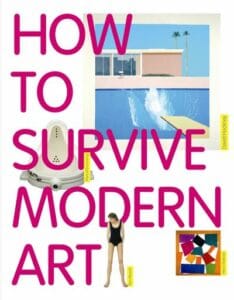-

R590Informed and energized by a lifetime of painting, drawing and making images with cameras, David Hockney, in collaboration with the art critic Martin Gayford, explores how and why pictures have been made across the millennia. What makes marks on a flat surface interesting? How do you show movement in a still picture, and how, conversely, do films and television connect with old masters?
-

R3000This publication is devoted to William Kentridge’s (born 1955) multimedia cycle The Nose (based on Gogol’s short story of the same name), comprised of the video installation “I Am Not Me, the Horse Is Not Mine,” plus sculptures, tapestries and works on paper. Kentridge describes this cycle as an elegy for the artistic language of the Russian Constructivists.
-

R1000In a brilliant exposition of Kentridge’s output, Stephen Clingman, Distinguished Professor of English at the University of Massachusetts, Amherst, undertakes a series of enquiries, of walks around the artist and his practice, through the various layers and linkages, crossings and connections of his art.
-

R350From its underground genesis during the Cultural Revolution (1966–76), contemporary Chinese art has become a dynamic and hugely influential force in a globalized art world. In this first major introduction to the topic, Wu Hung provides an accessible, focused, and much-needed narrative of the development of Chinese art across all media from the 1970s to the 2000s, a time span characterized by radical social, political, and economic change in China.
-
 Out of stock
Out of stock
R260Modern art arouses many different responses: suspicion, controversy and misunderstanding are among the most frequent. But it doesn’t need to be like that. To help out, here is a clear, accessible, fully illustrated introduction to what can otherwise seem a daunting subject.
-

R550Born in Cotonou, Benin in 1961, Meschac Gaba moved to the Netherlands in 1996 to take up a residency at the Rijksakademie. It was there that he conceived Museum of Contemporary African Art 1997 – 2002, an ambitious work, that took him five years to complete and that cemented his reputation as one of the most important artists working today.
-

R770The EY Exhibition: Impressionists in London: French Artists in Exile charts the story of the French artists who took refuge in London during and after the devastating Franco-Prussian War and the Paris Commune. Following these traumatic events there was a creative flourishing in London as the exiles responded to British culture and social life regattas, processions, parks, and of course the Thames.







